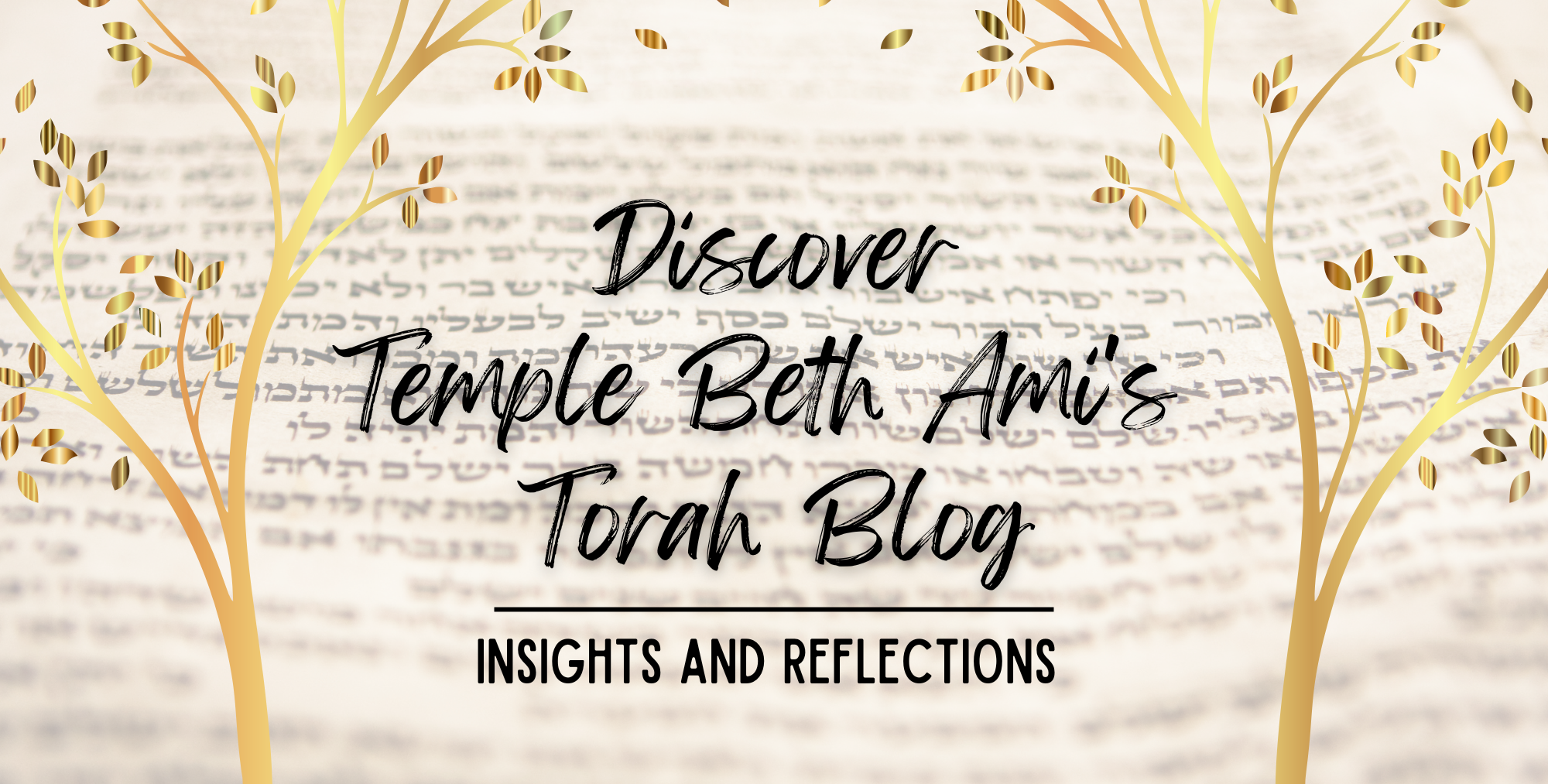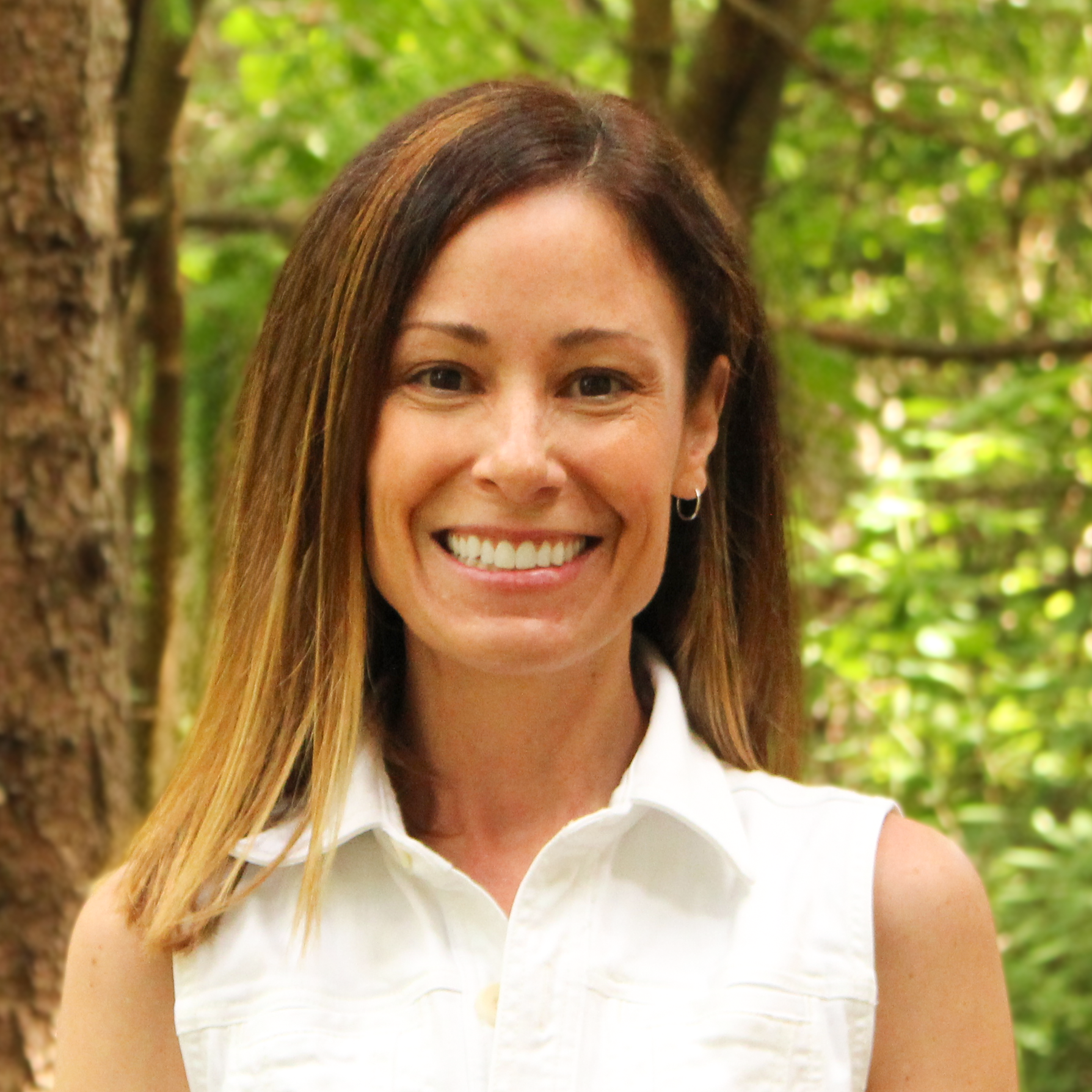







Rabbi Gary Pokras
My father has a theory about Judaism; he says that it is impossible to observe a Jewish holy day without food. As a kid I said, “Oh yeah? What about Yom Kippur?” He smiled and answered my question with a few of his own: “What do we do right before Yom Kippur starts, and right after it ends? And what do we complain about in between?” Point and match.
Parashat BeShellach may offer insight into the direct connection between Jewish practice and food.
Our Torah portion takes us from one of the high points of the Exodus story – the parting of the Sea – to one of the lowest points, where the Israelites rebel against the God who saved them. How is this possible? How could the generation who experienced slavery in Egypt, been redeemed through extraordinary miracles, and even walked through the sea that parted, how could they rebel against God only six weeks after leaving Egypt?
Rabbi Ruth Adar has a simple answer: food.1 She reminds us of what the great rabbinic commentator Nachmanides taught, that the Israelites had been subsisting on leftover matzah for six whole weeks. No wonder they revolted! How would you feel if you had nothing but matzah to eat for six weeks? God responds with the promise of manna, a miraculous food that would appear on the ground every morning (except Shabbat) as if it fell from heaven. According to legend, it was not only nutritious, but also tasted like whatever the person eating it desired.
There were, of course, some rules. Each person could collect one portion per day (what they needed, but no more) and then a double portion on Friday to last through Shabbat. No manna could be collected on Shabbat. For those who collected too much, the excess would spoil. For those who could not collect enough, enough would miraculously appear. At first, the Israelites tried to collect on Shabbat – but found none. Food was the mechanism God used to teach us about Shabbat. On the seventh day, we learned to rest.
Rabbi Adar points out that we are still in the Wilderness today, but it has changed. Now we have a Wilderness of appointments, jobs, errands, bills, carpools and more – and complex, frenetic calendars to try to keep up.
The Israelites learned to rest on Shabbat. Far too many of us have forgotten. Time, more than food, has become the precious resource. We need Shabbat more than ever.
1 Rabbi Ruth Adar, “B’Shalach,” in Voices of Torah, vol 2, CCAR Press, p. 126.